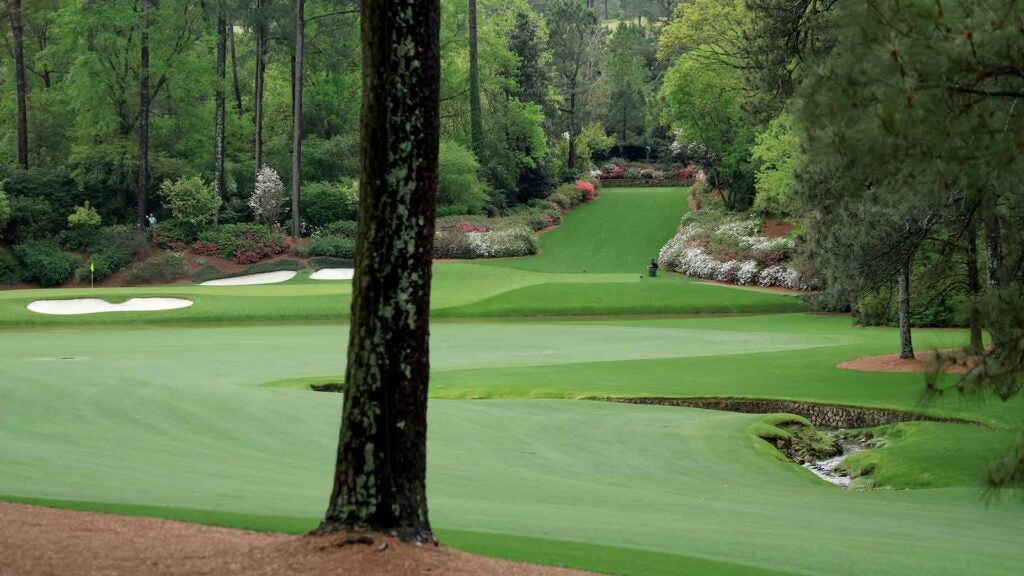AUGUSTA, Ga. — Martin Kaymer has a resume that many of his peers envy. He’s won 11 times on the European Tour, has won a Players Championship and two majors, and is a former World No. 1. Pretty heady stuff.
But even with all that success across the world, he’s never had much success at the Masters. In 12 starts at Augusta National, he’s missed five cuts and has finished inside the top 20 just once.
“It’s frustrating,” Kaymer said in 2011. “I think that I don’t really know how to play the golf course.”
Early in his career, Kaymer’s predominant shot shape was a fade. Working the ball left to right suited his swing — and his eye. The only problem was he believed it put him at a disadvantage at Augusta National.
There’s a common line of thinking when it comes to the year’s first major that suggests working the ball right to left gives you an advantage. If you’re a righty and can hit a draw, you’ll likely find success easier than those that hit a fade. The opposite is true for lefties as a fade is preferable to a draw.
Why is this? It all has to do with the shape of the golf course. Many holes (Nos. 2, 5, 8, 9, 10, 11, 13 and 14) have fairways that bend from right to left, so being able to work the ball around those turns is advantageous. Not to mention the diabolical 12th, where a ball that moves left to right will find Rae’s Creek if you overdo it.
There’s some truth to this wisdom — especially when you look at winners over the past two decades. Mike Weir, Phil Mickelson, Zach Johnson, Bubba Watson and Patrick Reed have combined to win eight of the last 20 green jackets, and each has leaned heavily on a right-to-left shot shape on the way to their wins. This only reinforced the adage that right-to-left hitters have an advantage over their peers.
However, instructor Sean Foley is pushing back against that notion. According to the Top 100 Teacher, as the course has gotten longer and longer, the need to hit the ball left-to-right consistently is no longer the case.
“I don’t know why people still say that,” Foley told GOLF.com “It’s just not even close to true. Like last year we’re watching Brooks [Koepka] and John Rahm aim 50 yards left in the trees and hit block slices back into the fairway.”
With tee boxes being pushed back to combat the distance boom in the game, there’s no longer a need to be as artistic with shot shapes off the tee. Even if you’re someone who hits the ball left to right, you’re not going to need to stray away from your stock shot very often.
“I bet, when I first got to Augusta in 2007, you could draw it around the corner on No. 2 and you could draw it around on No. 5 and you could draw it around Nos. 9 and 10 and you could draw it around 13,” Foley said. “But now is not the case.”
If you look at the recent winners at Augusta National, you’ll start to see he has a point. Defending champ Jon Rahm plays a fade. Scottie Scheffler plays a fade. Dustin Johnson plays a fade. Jordan Spieth plays a fade. It appears there’s no longer a need to be a right-to-left shaper to find success at the Masters.
“People go, ‘Hey, you gotta draw the ball here.’ And it’s like, ‘I don’t think so,'” Foley said. “That’s just the old adage that people just don’t challenge.”




